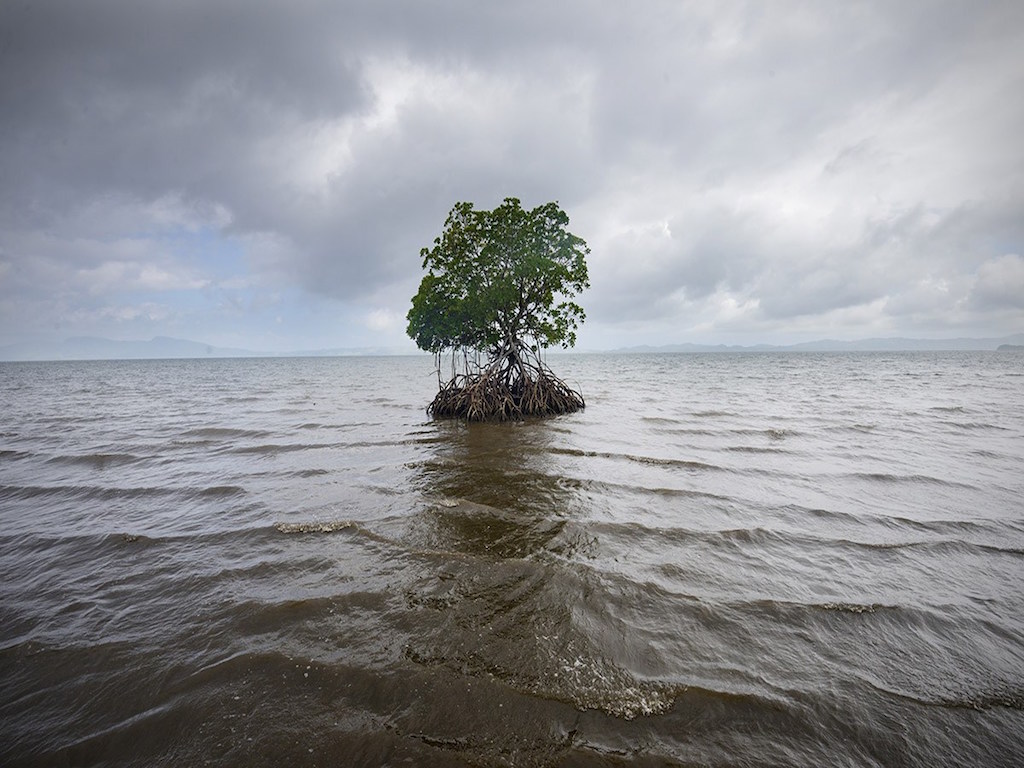2 Mins Read
By 2050, cities around the world will experience never-seen-before weather patterns due to climate change. According to a new study, many of the cities facing unprecedented changes will be located in Asia, including Singapore, Jakarta, Rangoon and Kuala Lumpur.
The study, published in the peer-reviewed science journal PLOS ONE, was conducted by a group of researchers at ETH Zürich. Using existing carbon emissions data and climate model projections for 2050, which is the conservative figure of a 1.5 to 2.0 degrees celsius rise in global temperatures, researchers found that this shift can already severely impact public life and city planners around the world. Their overall finding was that cities situated in the Northern Hemisphere will have climates in 2050 that are 620 miles to their south today.
“We wanted to know what’s the most conservative estimate of what the climate will be for 520 major cities in 2050,” said senior author of the study Tom Crowther.
Of all the 22% of cities that will experience record breaking climate conditions in just a few decades time, 64% of these cities are located in the tropics. While temperature increases might not significantly climb, many Asian cities will be affected by dramatic changes in rainfall patterns, leading to intense bouts of floods and droughts. These locations include important hubs like Singapore, Kuala Lumpur and Jakarta.
These results coincide with other reports that have also identified Asia as one of the hardest-hit regions in the world due to climate change. The UN Framework Convention on Climate Change (UNFCCC) have previously said that Asia is especially vulnerable to climate disasters due to rapid urbanisation, population growth and geological propensity to natural disasters like tropical cyclones, landslides and monsoons.
The World Bank has forecasted that more than half of East Asia and the Pacific will see a decline in living standards because of hotter global temperatures that will impact farming and trigger migration. According to their estimates, coastal areas in the continent will also be especially affected by rising sea levels caused by melting polar ice caps. By 2100, around 71,000 square kilometres of the Chinese coast could be underwater.
Volatile weather patterns will not be limited to the Asian-Pacific region. The changes the researchers predicted on their global data map were massive elsewhere too. New York’s winters in the future will resemble today’s Virginia Beach, and London is set for hot and dry weather akin to Barcelona’s current climate. The Middle East is also looking at hotter and drier weather, which will have huge consequences for the availability of water in an already water-stressed region, and food production.
These findings, which highlight the astounding risks associated with climate change, especially in Asia, are too staggering to ignore. If we don’t address climate change now, we might not be living in the cities we love and currently inhabit.
Lead image courtesy of Climate Tracker.




